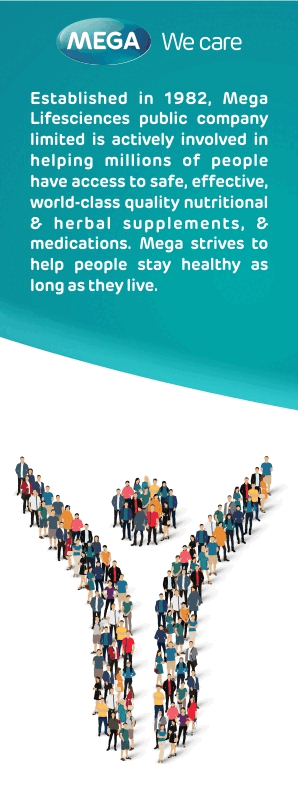DETERMINANTS OF PELVIC ORGAN PROLAPSE AMONG WOMEN VISITING ARBA MINCH, SAWLA AND JINKA GENERAL HOSPITALS, SOUTHERN ETHIOPIA
DETERMINANTS OF PELVIC ORGAN PROLAPSE
DOI:
https://doi.org/10.69614/ejrh.v14i03.593Keywords:
Pelvic organ prolapse, determinants, case-control, southern Ethiopia.Abstract
Background: Pelvic organ prolapse is one of the most common gynecological health problems; it can severely limit a woman's psychological, social, physical, and sexual function. The factors causing pelvic organ prolapse have been poorly understood. Therefore this study aimed to investigate the determinants of pelvic organ prolapse among women visiting Arba Minch, Sawla, and Jinka General Hospitals, Southern Ethiopia.
Method: Institution-based case-control study was conducted from July 10 to August 31, 2020, in Arba Minch, Sawla, and Jinka general hospital. A total of 348 participants were included in the study. Cases and controls were identified by health professionals using the pelvic organ prolapse symptom score (POP-SS). Data was collected by using a pre-tested interviewer-administered questionnaire. Bivariate logistic regression was done to identify variables candidate for Multivariable logistic regression at p-value <0.25. Multivariable logistic regression analysis was done and p-value <0.05 and 95%CI of AOR were used to declare the level significance.
Result: Age of the mother at first delivery (AOR=4, 95% CI: 1.48-11.53), carrying heavy object (AOR=2.8, 95% CI: 1.9-7.62), place of previous delivery (AOR=3.6, 95% CI: 1.37-9.47), mode of previous delivery (AOR=3, 95% CI: 1.73-8.44), family history of pelvic organ prolapse. (AOR=4, 95% CI: 1.63-11.2), body mass index (AOR=4, 95% CI: 1.82-12.9) and household food insecurity (AOR=3, 95% CI: 1.51-7.75) were identified as the determinants of pelvic organ prolapse.
Conclusion: In this study age of the mother at first delivery, carrying a heavy object, place of previous delivery, mode of previous delivery, body mass index, family history of pelvic organ prolapse, and household food insecurity were factors found to be significantly associated with pelvic organ prolapse. Therefore, to prevent pelvic organ prolapse health care providers should counsel mothers for maintaining normal weight and skilled delivery. Also, women in the community should be screened for food insecurity and linked with the agriculture sector.



